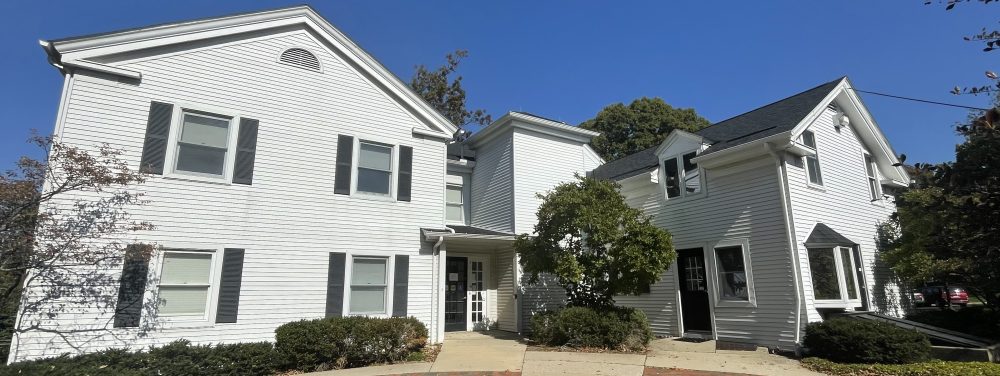By: Jessica Miller
There are many inequalities that those within the disability community experience, which can be compounded with intersectionality. To be a successful advocate and ally you need to make sure accessibility is a part of your goals. It is key to know that this list is just a fraction of disabilities and a fraction of discrimination people with disabilities deal with. Please continue your education on how to be a better ally!
- Women and girls are disproportionately diagnosed with learning disabilities (despite having them at the same rate as men and boys.)
2. Certain invisible disabilities are difficult to get diagnosed with due to lack of belief of the patient and their experiences.
(Pots is Postural Orthostatic Tachycardia Syndrome.)
Post from: @Colourblind_Zebra
Source: Dysautonomia International
3. Those with disabilities often have increased chances of mental health issues.
Mental illness in disability can be caused, in addition to genetics, by environmental factors. Examples of these environmental factors for those with learning disabilities are alienation and bullying from peers, lack of support from teachers, repeated struggles in school and lack of self-esteem (from these struggles.)
Chronic illnesses also have connections to mental health issues: “Research suggests that people who have depression and another medical illness tend to have more severe symptoms of both illnesses” and “Conversely, people living with chronic physical health conditions experience depression and anxiety at twice the rate of the general population.” (National Institute of Mental Health, 1.)
4. Gender relating to treatment in healthcare.
Post from: @Colour_Zebra
5. It’s harder for women and girls to be diagnosed with autism.
(Little research utilizes gender minorities like transgender, non-binary, and gender-fluid individuals.)
6. People with invisible disabilities face harassment and disbelief of their disability status.
Post From: @Colourblind_Zebra
7. The system for benefits in America is unfair and inaccessible.
Post From: @nydalsa Disability Allied Law Student Association
8. People with disabilities do not have marriage equality.
Post From: @nydalsa Disability Allied Law Student Association
9. The world is still largely inaccessible.
Post From @Colourblind_Zebra
Source: World Health Organization
10. Healthcare isn’t accessible to people with disabilities.
Post from: @Colourblind_Zebra
Source: World Health Organization
*Not only neurodiverse women require cervical cancer screenings, but the study only included those who identified as “women” (no indication of cis or trans). This shows there is a gap in knowledge about neurodiverse individuals who are gender minorities, like transgender, nonbinary, and genderfluid.
Post From: @colourblind_zebra
Source: World Health Organization
11. Education is less accessible to people with disabilities.
“The dismal outcomes aren’t because students with disabilities can’t handle the coursework. The vast majority of special education students can grasp rigorous academic content. Experts estimate that up to 90 percent should be able to graduate high school meeting the same standards as general education students, ready to succeed in college and careers” (Mader and Butrymowicz 1).
12. Individuals with disability face discrimination in the workplace.
Post From: @nydalsa Disability Allied Law Student Association
13. People with disabilities face poverty at much higher rates.
14. Disproportionate incarceration for people with disabilities.
15. People with disabilities are at a higher rate of being victims of crime and violence.
16. People of color with disabilities face all of this and worse.
Post From: @nydalsa Disability Allied Law Student Association
What else do you think should be added?
Resources at Kent State: Organizations on Campus
-Autism Connections (@autismconnectKS)
-DREAM (Disabilities Rights, Education, Activism, and Mentoring) (@kentstatedream)
-GGG at Kent State (Glamours Gutless Girls) (@gggkentstate)
-Kent State CDN (College Diabetes Network) (@cdnkentstate)
Student Accessibility Services
Located on the first floor of the Library
330-672-3391 (Fax 330-672-3763)
University Health Services
1500 Eastway Drive, Kent State University, Kent OH, 44242
330-672-2322
